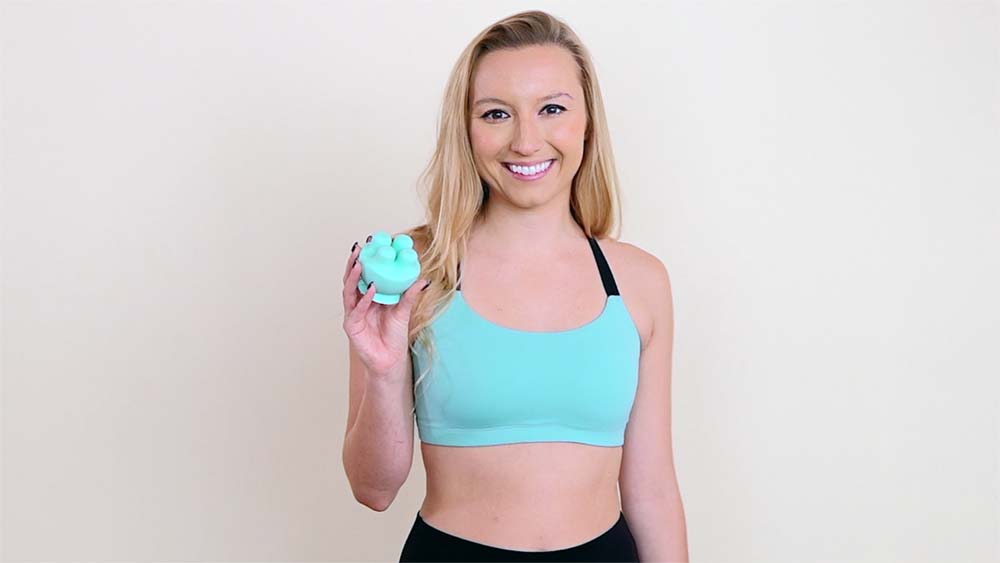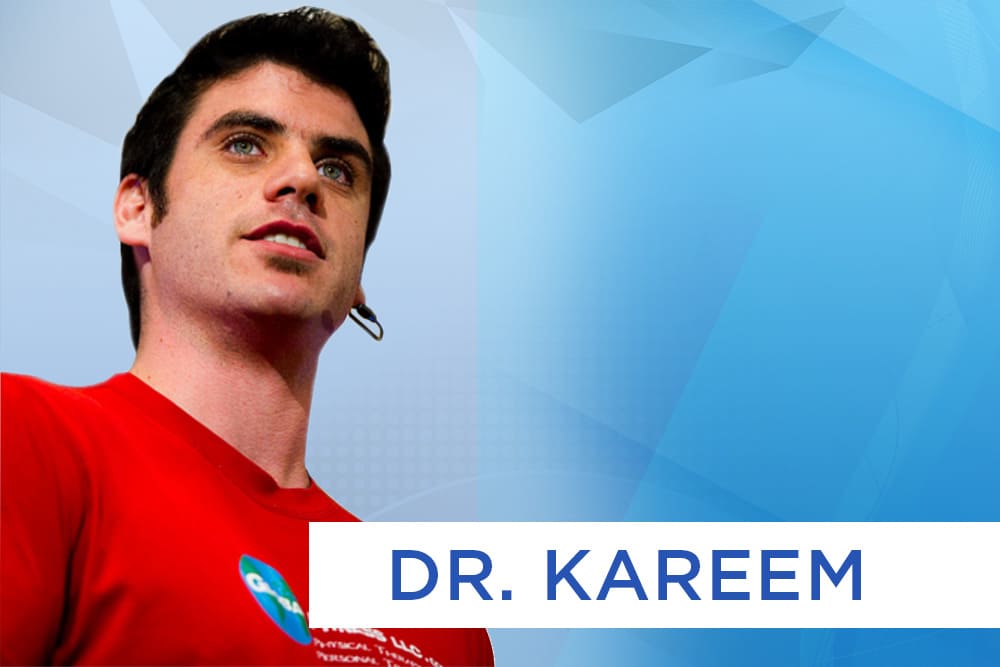How To Get Lean In Less Than 1 Hour Per Week Without Dieting
Invest in the calories you burn, rather than worrying about how many calories you burn within a given workout. In other words, not all calorie-burning was created equally…
Example Table of Calorie Burning Methods Through Working Out:
| Method of Burning Calories: | Length of Time Exercising: | Calories Burned Immediately: | % of Overall Calorie Burn Expected: |
| Walking (3.5 mph) | 60 minutes | 314 calories | approx. 100% |
| Running (6 mph) | 60 minutes | 861 calories | approx. 100% |
| Aerobics (high impact) | 60 minutes | 533 calories/hour | approx. 100% |
| Swimming (laps) | 60 minutes | 423 calories/hour | approx. 100% |
| Rollerblading | 60 minutes | 548 calories/hour | approx. 100% |
| Interval Training (machine-based running) | 20 minutes |
approx. 300 calories (900 calories/hour) |
approx. 30-60% |
|
Interval Training (beach sprints) |
20 minutes |
approx. 390 calories
(1,170 calories/hour) |
approx. 30-60% |
|
Interval Training (Exercise Workouts) |
10 minutes |
approx. 250 calories (1500 calories/hour) |
approx. 30-60% |
*NOTES and ASSUMPTIONS in this chart: Weight is equal to 160 pounds, and all interval-training calorie burning estimates are just what they sound – estimates. The truth is that very poor tracking has been done on these various forms of interval training and caloric expenditure. However, the # of calories you see listed there, along with the % of calorie-burn are extremely representative of your body’s response to this form of exercise. Plus, when I tested interval training and a calorimeter on myself, I found that each form of interval training was comparable, immediately, in the # of calories burned when compared to running at 6 mph. Further explanation of rationale is below.
You’ll notice a few very interesting aspects to this chart. For one, it’s based off of someone who is 160 pounds in weight. Your weight will affect your caloric expenditure (i.e. you’ll burn more calories if you weigh more.) Secondly, the estimates I’ve used on all forms of ‘traditional cardio’ are taken from the Mayo Clinic and are considered to be the gold standard. Lastly, I’ve measured caloric expenditure on myself, repeatedly, and found that the closest correlation to machine-based interval training, in terms of immediate caloric expenditure, is running around 6mph.
I’d also like to point out that sand-based interval training produced approximately 30% more caloric burn for me than training on a machine like an elliptical, treadmill, or recumbent bike. Interestingly, when I went back into the gym and followed Ab Strength Guide, Create My Workout, or Double Edged Fat Loss routines, I was able to burn approximately 30% greater calories, on average, in the same amount of time as sand-based interval training. Very cool!
It’s important to note that interval-training should not exceed 20 minutes per workout, as the majority of the effect takes place after you work out. When you choose to go for a walk, run, etc. your body is working hard the entire time, but because you are at a more even pace, your body is prioritizing your ‘aerobic’ energy system. When this happens, the calories you burn in the moment are the calories your body will burn, for the most part, through this exercise.
On the other hand, while you’re limited with workout length (which means you will work out less) when it comes to interval-training, you are biasing all 3 energy systems and your body will need to repair itself for 2-3 days after you work out. This repair process costs energy, in the form of calories.
To have a better idea about what each of your three energy systems are, and why you’ll want to train all three, I’ve created a chart for you below:
Energy System Training
| Energy System: | How You Get Energy: | Examples: |
| ATP-PC (adenosine tri-phosphate, phosphocreatine) | Burning Sugars (0-2 seconds) | Burst Training, Plyometrics or Power-Based Exercises (Rep #1) |
| Anaerobic | Burning Sugars (2-60 seconds) | Sprinting, Jumping, Lifting Weights (lower rep #’s) |
| Aerobic | Using Oxygen (60 seconds on) | Walking, running, swimming (laps) |
As you can see, there’s no argument that training all 3 energy systems will lead to burning more sugar, using more oxygen to keep your muscles working out longer, and creating a more dynamic workout that will keep you interested, longer. Additionally, by using your first 2 energy systems, you are forcing a repair process to take place, because each one of those energy systems have 2 properties:
- Require a power-based or sprint component – creates mini muscle tears that will need healing
- Produce lactic-acid as by-product to create the energy – will need to be removed from system
- Both #1 and #2 result in more calories burned over time. #3, which happens with interval training, anyway, allows you to burn a similar number of calories immediately during your workout.
Next, we’ll need to discuss ideal timeframes and frequencies for ‘Interval-Training Exercise Workouts’, since these clearly are a more efficient way to burn calories while working out. I’ve tested this, extensively, and here are the ideal timeframes I’ve seen with example correlating programs:
Length Of Time For ‘Interval Based Exercise Workouts’
| Program Example: | Length of Workout: | Frequency: |
High Interval Intensity (0 – 10) |
| Ab Strength Guide | 10 minutes | 5x/week | 9 – 9.5 out of 10 |
| Create My Workout | Create My Workout | 3-5x/week, depending on intensity & workout length (shorter workouts = more often, higher intensity = less often) |
Beginner – 8 out of 10 Intermediate – 8-9 out of 10 Advanced – 9-9.5 out of 10 |
| Double Edged Fat Loss | 25 minutes + warm-up | 4x/week | 7 – 9 out of 10 |
*NOTES about Interval Training: Interval training involves a series of ‘high intervals’ and ‘low intervals’. Your ‘high intervals’ should be when you’re working really hard (7 to 9.5 out of 10 intensity) and your ‘low intervals’ should be when you’re barely moving (2 out of 10 intensity.) Using your ‘low intervals’ as ‘active rest’ is essential to get the effect you want from your ‘high intervals,’ from a physiological standpoint.
You’ll notice that frequency and intensity have an inverse relationship, meaning that the more intensely you exercise, the less frequent it should be. However, this is also true about workout length and frequency. If you choose super short workouts, like Ab Strength Guide, you’ll benefit most from doing these workouts 5 days per week. The reason is that they are like ‘metabolic boosting workouts’ that stimulate a higher metabolism every day. Over time, your body adapts and increases your normal resting metabolism.
On the other hand, Double Edged Fat Loss has 4 workouts per week, and the workouts are a little bit longer. The intensity, overall, is a tiny bit lower, but the workouts are more than double the length, and the frequency of momentary muscular failure (MMF) is high; because you workouts are longer, and you repeat every muscle group at least 4x in the workouts, you will definitely fatigue out the muscle, completely, rather than just depleting all 3 energy systems. The repair time increases, and the intensity decreases, on average, because it’s impossible to sustain 9 to 9.5 out of 10 intensity for 25 minutes.
So, this brings up the topic of Nutrition vs Dieting.
All calories weren’t created equally,
just like all exercises don’t burn them equally.
Did you know that protein consumes about 20% of itself when you eat it? Your body uses more energy to process protein-based calories than it does fat or carbohydrates, so 20% of protein-based calories are ‘free,’ so to speak.
This brings up the topic of ‘nutrient density.’ Nutrient density is a fancy way of explaining that certain foods are rich in vitamins, minerals, essential nutrients and antioxidants. Your body absorbs these calories and improves its energy cycle efficiency — the end result, you sustain higher energy, for longer, so you get more from your workouts.
Are you starting to see how you don’t have to ‘diet,’ per say, but you have to choose foods that will provide you with enough energy to work out? Plus, it’s better to have a much higher level of protein and fat in your diet, because carbs just turn to sugar when they are broken down, and there’s only so much sprinting you can do.
Remember, interval training workouts are shorter, so your opportunity to consume sugar is there, because they use the proper energy systems, but you’re only going to burn so much. By eating lots of sugars and carbs (same thing when it comes to fat loss), you’re sabotaging the consumption of all your sugars in this form of training.
Let’s Put It All Together:
In conclusion, when it comes to losing weight and burning tons of calories, there are a few important concepts to remember:
- ‘Interval-Based Exercise Workouts’ are the shortest and most effective way to burn calories.
- If you work out harder, work out for less time and/or less often. The more weight you lift, the longer your body will need to recover. This is also true of how hard you sprint, and for how long.
- All calories weren’t created equally – protein eats 20% of itself.
- Choose foods that have a high ‘nutrient density,’ which means that you’ll be able to produce the energy needed for these higher intensity-based workouts that burn fat faster.
Here is a sample Create My Workout routine that is centered around burning the optimal number of calories in just 10 minutes — to sign up and see the exercises on video, or build more workouts of your own, just click the image below:

Just getting started? You can grab 8 workouts for FREE right here:







